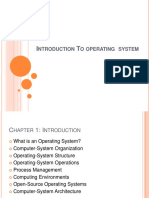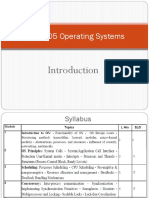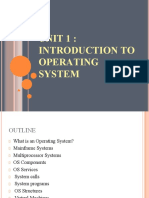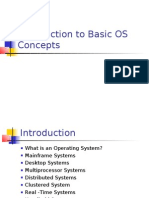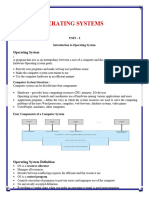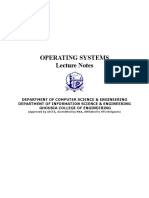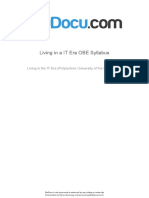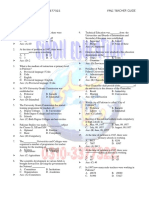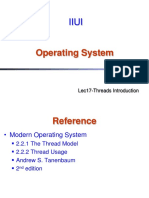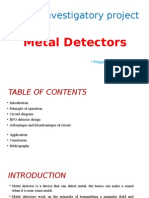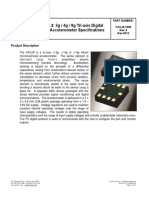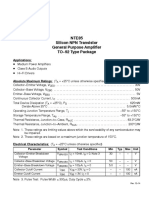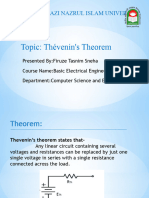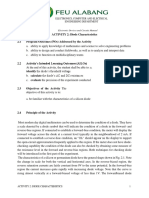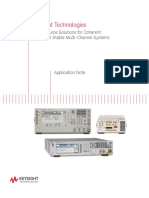0% found this document useful (0 votes)
113 views36 pagesIntroduction &: Operating Systems
This document provides an introduction and overview of an operating systems course. It outlines the course objectives to cover major operating system components like processes, memory management, file systems, and input/output. The course content will focus on process scheduling, memory management, and file systems. It also provides the grading scheme and lists recommended textbooks. It defines the role of an operating system and describes common operating system types like batch, multiprogramming, and time-sharing systems.
Uploaded by
junaidCopyright
© © All Rights Reserved
We take content rights seriously. If you suspect this is your content, claim it here.
Available Formats
Download as PDF, TXT or read online on Scribd
0% found this document useful (0 votes)
113 views36 pagesIntroduction &: Operating Systems
This document provides an introduction and overview of an operating systems course. It outlines the course objectives to cover major operating system components like processes, memory management, file systems, and input/output. The course content will focus on process scheduling, memory management, and file systems. It also provides the grading scheme and lists recommended textbooks. It defines the role of an operating system and describes common operating system types like batch, multiprogramming, and time-sharing systems.
Uploaded by
junaidCopyright
© © All Rights Reserved
We take content rights seriously. If you suspect this is your content, claim it here.
Available Formats
Download as PDF, TXT or read online on Scribd
/ 36

